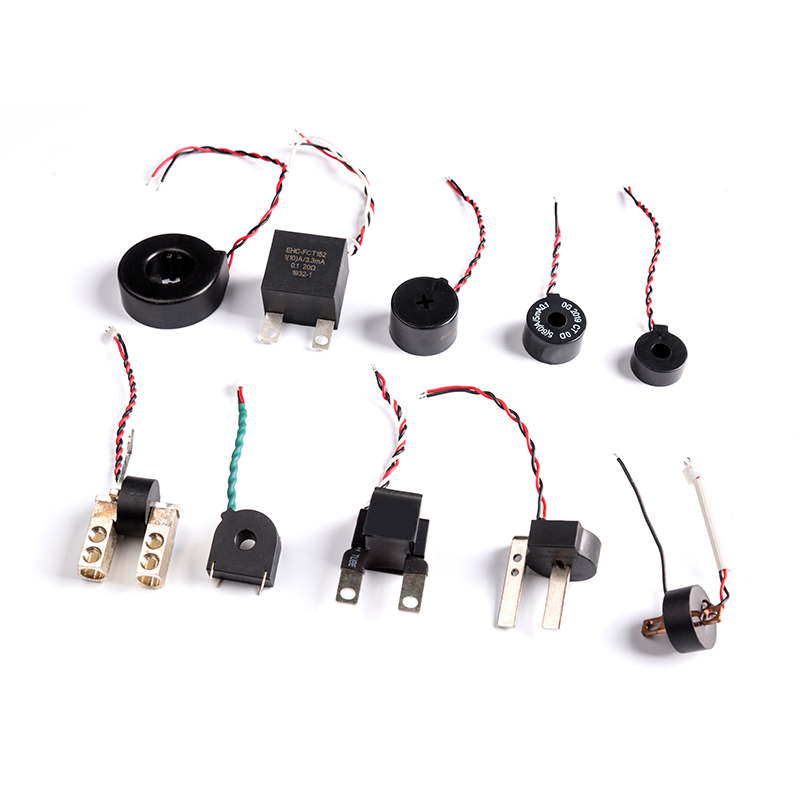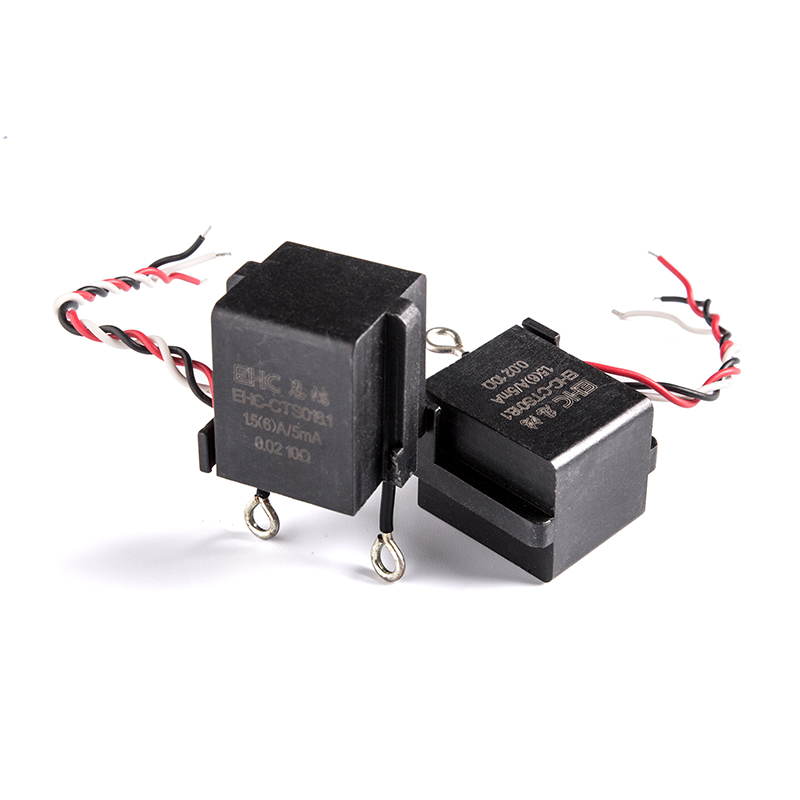The burden of a current transformer (CT) is a critical parameter that directly affects its performance and accuracy in practical applications. The burden refers to the total impedance presented to the secondary winding of the CT, and it includes the impedance of the connected devices, such as relays, meters, and other equipment. Understanding the importance of CT burden and how to determine it in practical applications is essential for ensuring accurate and reliable current measurements. Here's why CT burden is important and how it is determined:
Importance of CT Burden:
Accuracy of Current Measurements:
The burden directly influences the accuracy of the CT's secondary current. The CT's primary current generates a proportional secondary current, and this secondary current is used by connected devices for measurements and protection purposes. The burden impedance affects how accurately the secondary current reflects the primary current.
Voltage Output:
The secondary voltage of the CT is proportional to the secondary current and the burden impedance. A mismatch between the CT burden and the design characteristics of the CT can result in voltage distortion and affect the accuracy of voltage measurements.
Saturation and Magnetic Characteristics:
The burden affects the saturation characteristics of the CT. If the burden impedance is too low, the CT may saturate under high fault currents, leading to distorted waveforms and inaccurate measurements.
Heating and Power Loss:
Excessive burden can lead to increased power loss and heating in the CT. This can impact the overall efficiency and performance of the CT, potentially causing overheating and affecting long-term reliability.
Determining CT Burden in Practical Applications:
Identify Connected Devices:
List all devices connected to the secondary winding of the CT, such as relays, meters, and communication equipment. Consider both the steady-state and transient burdens.
Calculate Impedances:
Determine the impedance of each connected device at the specified frequency. This includes the impedance of relay coils, metering circuits, and any other connected components.
Calculate Total Burden:
Sum the individual impedances to calculate the total burden. The total burden is typically expressed in volt-amperes (VA) or ohms.
Compare with CT Rating:
Compare the calculated total burden with the CT's burden rating or the burden that the CT can handle without significant accuracy degradation. Ensure that the total burden is within the specified limits.
Consider Transformer Correction Factors:
Some CTs come with correction factors that account for different burdens. These correction factors may need to be applied to ensure accurate measurements, especially if the total burden deviates significantly from the CT's standard burden.
Incorporate Wiring Considerations:
Consider the impedance introduced by the wiring between the current transformer and connected devices. The length and gauge of the wiring can affect the overall impedance and should be taken into account.

 English
English 中文简体
中文简体 Deutsch
Deutsch 日本語
日本語

 View More >>
View More >> View More >>
View More >> View More >>
View More >> View More >>
View More >> View More >>
View More >> View More >>
View More >> View More >>
View More >> View More >>
View More >>